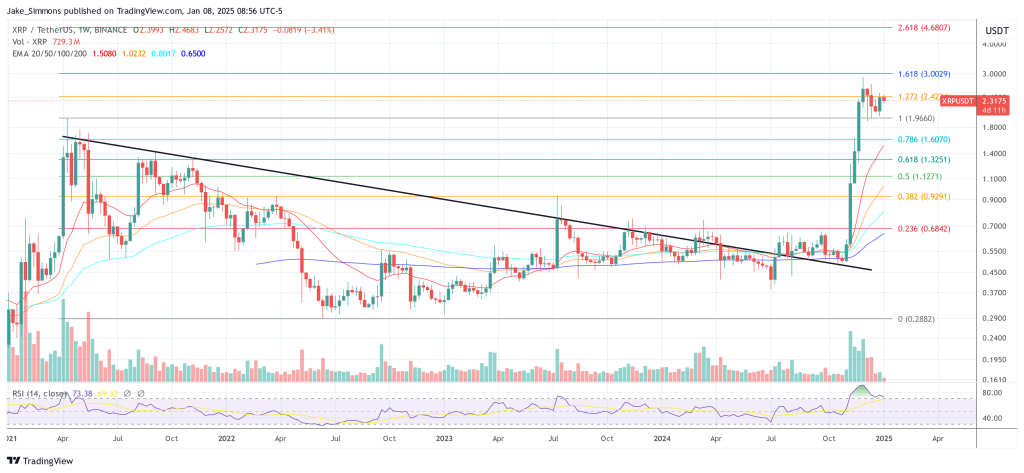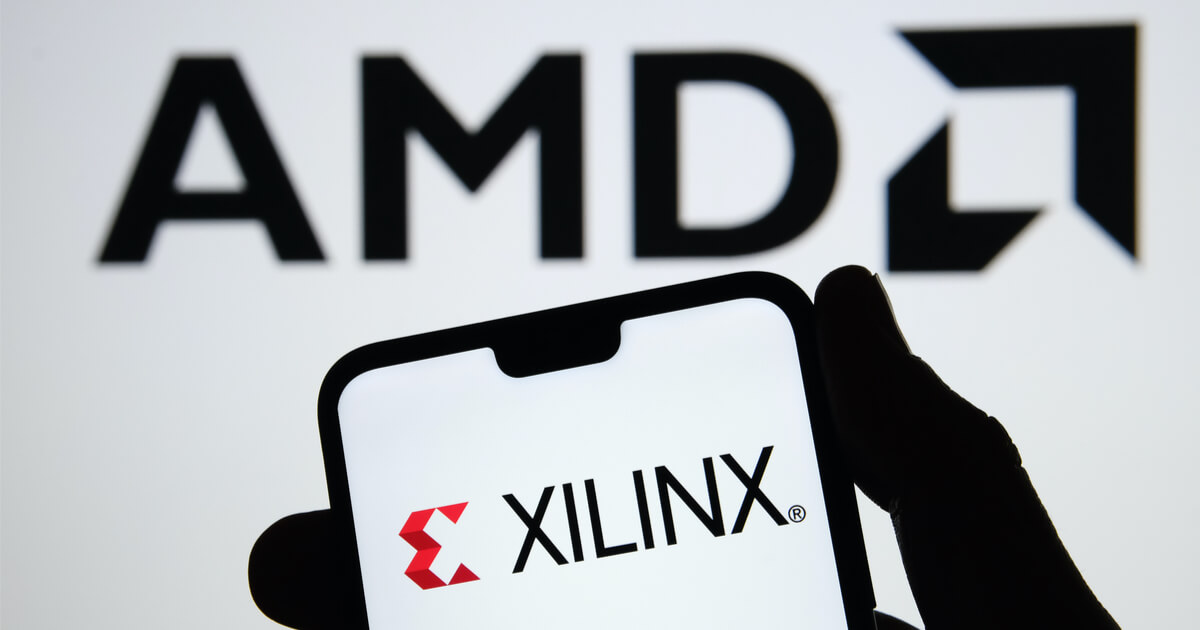The Bitcoin blockchain has undergone its biggest ever drop in mining difficulty, as the network’s automatic stabilizing mechanism kicked in following a strict crackdown by China on the country’s cryptocurrency industry.
Bitcoin’s mining difficulty plunged by nearly 28% at block 689,471 at 6:25 UTC.
The adjustment marks the third straight decline in mining difficulty, the first time such a trend has happened since December 2018. On May 29 and June 13, the mining difficulty dropped by 16% and 5%, respectively, according to mining service provider BTC.com.
What is Bitcoin mining difficulty? Bitcoin’s difficulty is measured using an internal score that began at 1 (when Satoshi started mining at the easiest level). It is programmed to increase or decrease incrementally depending on how many miners are competing on the network. It is currently scored at 14,363,025,673,659, down from 19,932,791,027,262.
Blocks are added to the Bitcoin blockchain at a regular and predictable rate: 1 block every 10 minutes or so. Block time measures how long it takes to create a new block, but that pace can vary, depending on the number of miners on the network and the speed of their computers. When there are more miners competing to “find” the next block, and earn the 6.125 BTC reward, then those blocks tend to be solved more quickly. However, when miners drop off the network, leaving fewer miners to compete, block times can slow down.
[link] [comments]

You can get bonuses upto $100 FREE BONUS when you:
💰 Install these recommended apps:
💲 SocialGood - 100% Crypto Back on Everyday Shopping
💲 xPortal - The DeFi For The Next Billion
💲 CryptoTab Browser - Lightweight, fast, and ready to mine!
💰 Register on these recommended exchanges:
🟡 Binance🟡 Bitfinex🟡 Bitmart🟡 Bittrex🟡 Bitget
🟡 CoinEx🟡 Crypto.com🟡 Gate.io🟡 Huobi🟡 Kucoin.



















Comments